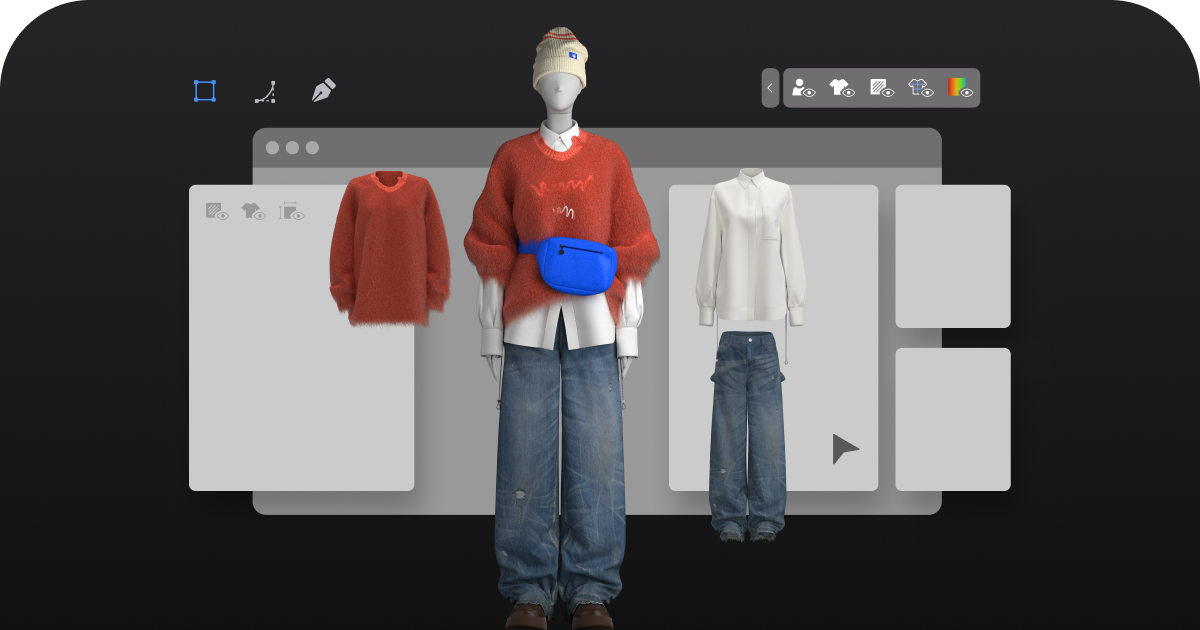# Cell-Penetrating Peptides for Enhanced Drug Delivery Systems
## Introduction to Cell-Penetrating Peptides (CPPs)
Cell-penetrating peptides (CPPs) have emerged as a revolutionary tool in modern drug delivery systems. These short peptides, typically consisting of 5-30 amino acids, possess the unique ability to cross cellular membranes and transport various cargo molecules into cells. Their discovery has opened new possibilities for overcoming one of the biggest challenges in medicine: delivering therapeutic agents effectively to their intracellular targets.
## Mechanism of Cellular Uptake
The exact mechanism by which CPPs penetrate cells remains an active area of research, but several pathways have been identified:
– Direct penetration through the lipid bilayer
– Endocytosis-mediated uptake
– Transient pore formation
– Membrane thinning and reorganization
Interestingly, many CPPs can utilize multiple pathways simultaneously, making them highly efficient delivery vehicles regardless of cell type or physiological conditions.
## Advantages of CPP-Based Drug Delivery
CPPs offer several significant advantages over traditional drug delivery methods:
– Enhanced cellular uptake efficiency
– Ability to deliver diverse cargo types (small molecules, proteins, nucleic acids)
– Low cytotoxicity compared to viral vectors
– Potential for tissue-specific targeting
– Improved bioavailability of therapeutic compounds
## Types of CPPs and Their Applications
Researchers have identified and developed various classes of CPPs, each with unique characteristics:
### Cationic CPPs
Rich in positively charged amino acids (e.g., arginine, lysine), these CPPs interact strongly with negatively charged cell membranes. The HIV-1 TAT peptide is a well-known example that has been used to deliver various therapeutic agents.
### Amphipathic CPPs
These peptides contain both hydrophobic and hydrophilic regions, allowing them to interact with membrane lipids while maintaining solubility. They’re particularly effective for delivering membrane-impermeable drugs.
### Hydrophobic CPPs
Containing predominantly non-polar amino acids, these CPPs can penetrate membranes through hydrophobic interactions. They show promise for delivering small molecule drugs.
## Current Challenges and Future Directions
While CPPs show tremendous potential, several challenges need to be addressed:
– Improving specificity to reduce off-target effects
– Enhancing stability in biological systems
– Overcoming potential immunogenicity
– Developing scalable production methods
Future research is focusing on engineering smart CPPs that can respond to specific cellular conditions or external triggers, potentially leading to more precise and controlled drug delivery systems.
## Conclusion
Cell-penetrating peptides represent a powerful platform for next-generation drug delivery systems. Their ability to ferry diverse therapeutic cargo across cellular barriers makes them invaluable tools for treating various diseases, from cancer to genetic disorders. As research continues to refine their properties and applications, CPPs are poised to play an increasingly important role in modern medicine.




